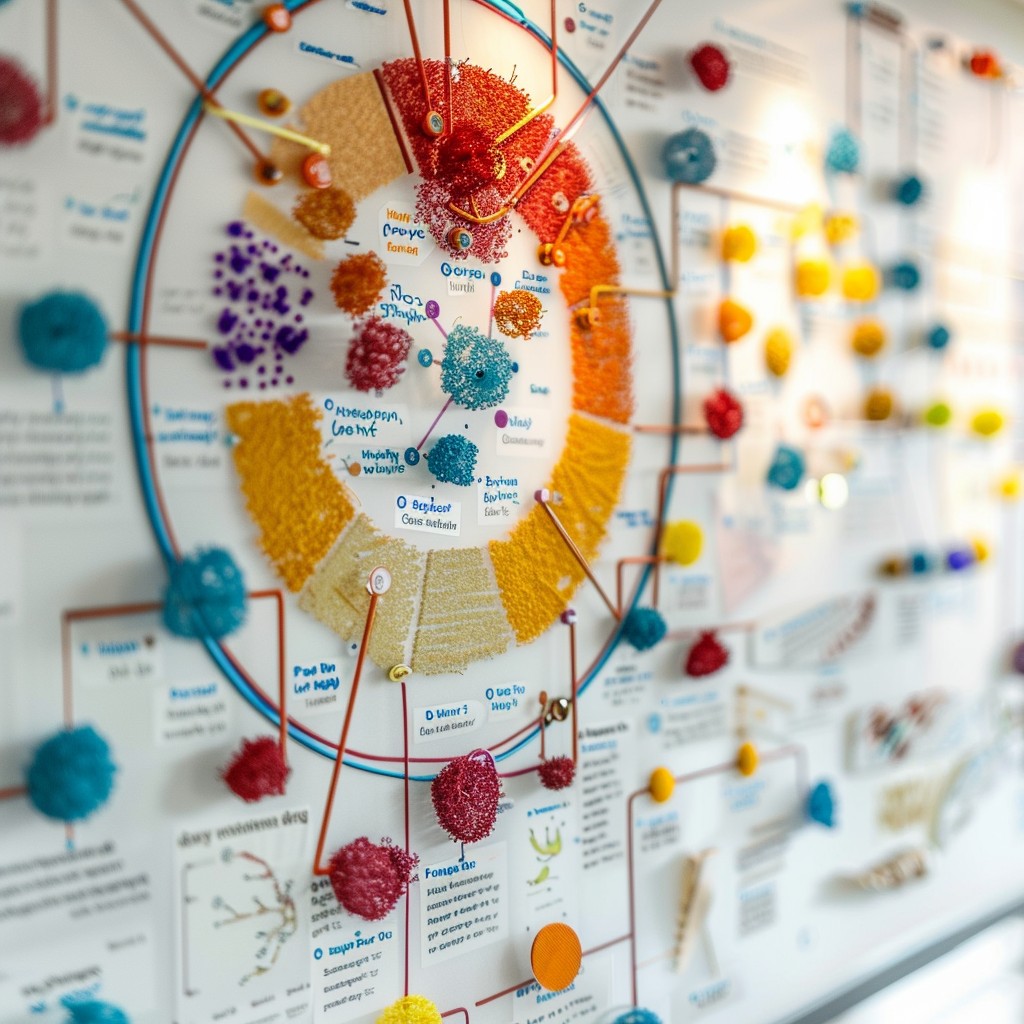The primary function of the female reproductive system is to enable reproduction. The reproductive process, along with the female reproductive organs, is intricate and complex. The basics of the female reproductive system are that a female is born with a finite number of potential ova, also known as egg cells.
When a female reaches puberty, the ova mature and are released approximately once a month. If the mature ova are not fertilised and implanted into the uterus, the lining of the uterus is expelled through menstrual bleeding. This process continues until pregnancy occurs, after which the release of mature ova ceases when a woman reaches menopause, usually around the ages of 40 to 50 years.
Anatomy of the Female Reproductive System
The female reproductive system consists of five important organs known as:
- Vagina: The vagina creates a pathway for uterine tissue to exit during menstrual bleeding and provides a passage for sperm to reach the uterus for potential fertilisation.
- Uterus: The uterine lining is expelled during menstrual bleeding when no implantation of a fertilised egg occurs. The primary function of the uterus is to receive the implantation of a fertilised egg and nourish the growth and development of the fetus.
- Ovaries: These organs, also known as female gonads, typically come in pairs, with females usually having two ovaries. The ovaries release ova, or egg cells, once a month, which are then transported into the fallopian tubes. Each month, an ovum is released from an alternating ovary.
- Fallopian Tubes: This organ receives a released ovum from the ovaries and is where the ovum waits to be fertilised. If fertilisation occurs, it will move to the uterus for implantation. If no fertilisation takes place, the ovum will move to the uterus and trigger menstrual bleeding.
- Breasts: Breast tissue does not play a direct role in conception but indirectly supports the maintenance of pregnancy. After childbirth, it produces milk to nourish the infant.
Hormonal Process of the Female Reproductive System
The female reproductive system is regulated by a hormonal axis known as the hypothalamus-pituitary-gonadal axis. This axis originates in the brain at the hypothalamus, which is the control centre for hormones and also regulates the body’s temperature.
The hypothalamus secretes a hormone known as gonadotropin-releasing hormone (GnRH), which stimulates the pituitary gland. The pituitary gland, located at the base of the brain, secretes luteinising hormone (LH) and follicle-stimulating hormone (FSH). FSH stimulates the growth of follicles and the production of oestrogen. LH stimulates follicle rupture, resulting in ovulation and the production of progesterone.
Oestrogen plays a role in regulating the menstrual cycle and is responsible for secondary female sexual characteristics while also helping to maintain bone density. The main role of progesterone is to stimulate the uterus to prepare its lining for the implantation of a fertilised egg. It also helps to maintain the uterus’s integrity during pregnancy.
Endocrine Disorders Affecting Female Reproductive Health
Endometriosis
Endometriosis is a common condition among women where endometrial tissue, which usually lines the inside of the uterus, grows outside of the uterus and on other organs such as the ovaries, fallopian tubes, and intestines. This condition typically causes painful menstruation and pain during sexual intercourse and can lead to infertility. It is usually diagnosed through a pelvic ultrasound, an MRI when necessary, and a range of accompanying symptoms. Treatment options include surgically removing these growths and administering anti-inflammatory drugs to reduce pain and inflammation.
Uterine Fibroids
Uterine fibroids are benign growths that develop inside and on the uterus. One major risk factor is being overweight. This condition commonly presents with symptoms such as painful menstruation, lower back pain, pain during sexual intercourse, and fertility problems, including infertility and an increased risk of miscarriages.
Various imaging technologies, such as ultrasounds, MRIs, X-rays, or even CT scans, can be used to diagnose uterine fibroids. Treatments may include GnRH agonists like Zoladex, which reduce the release of oestrogen and progesterone, as well as tranexamic acid to alleviate heavy menstrual bleeding. Surgical procedures may also be considered to shrink fibroids or radiotherapy to reduce their size.
Polycystic Ovary Syndrome (PCOS)
PCOS is one of the leading causes of anovulation and infertility among women. It develops when cysts are present on the ovaries. These cysts contain immature follicles, or egg cells, which do not release as frequently as they should. This can lead to anovulation, causing irregular menstruation. It is often linked to higher levels of androgens, which can result in acne and excessive facial hair growth.
PCOS can be diagnosed when a female presents with irregular menstruation, androgen-like symptoms, and enlarged ovaries as seen on ultrasound. Blood tests may also indicate elevated testosterone and oestrogen levels. While PCOS cannot be cured, treatment options are available to improve symptoms and increase the likelihood of conception.
Breast Cancer
Breast cancer is one of the most common types of cancer among women. It can be caused by various factors, including environmental influences, oestrogen therapy, and, in some cases, pituitary adenomas, which are benign tumours on the pituitary gland that cause excess hormonal production.
The cancer itself does not necessarily impact a female’s reproductive health; however, treatment for breast cancer can result in infertility. Females have the option to preserve their fertility by freezing their eggs or undergoing in-vitro fertilisation (IVF) to enhance their chances of becoming pregnant.










